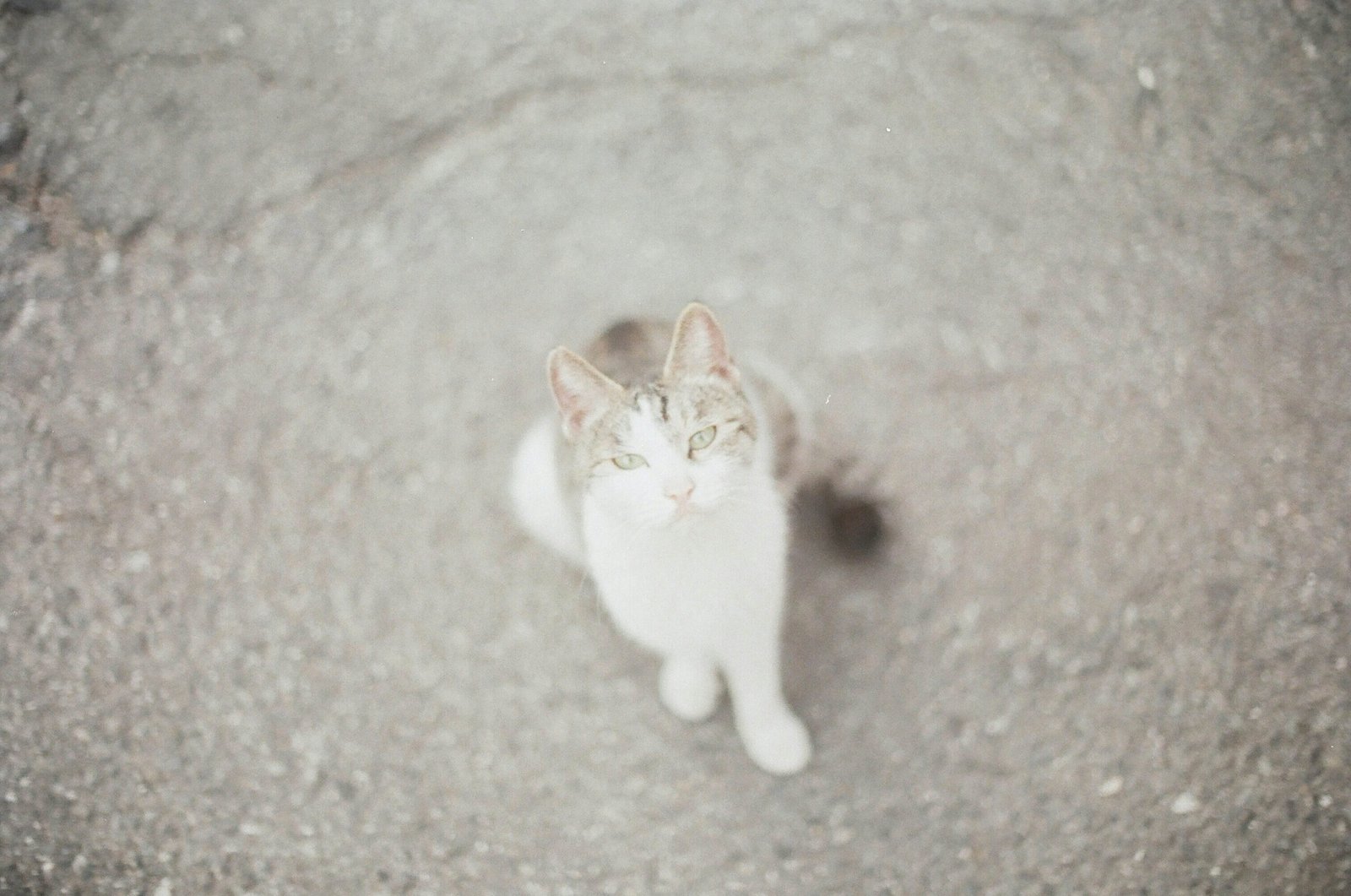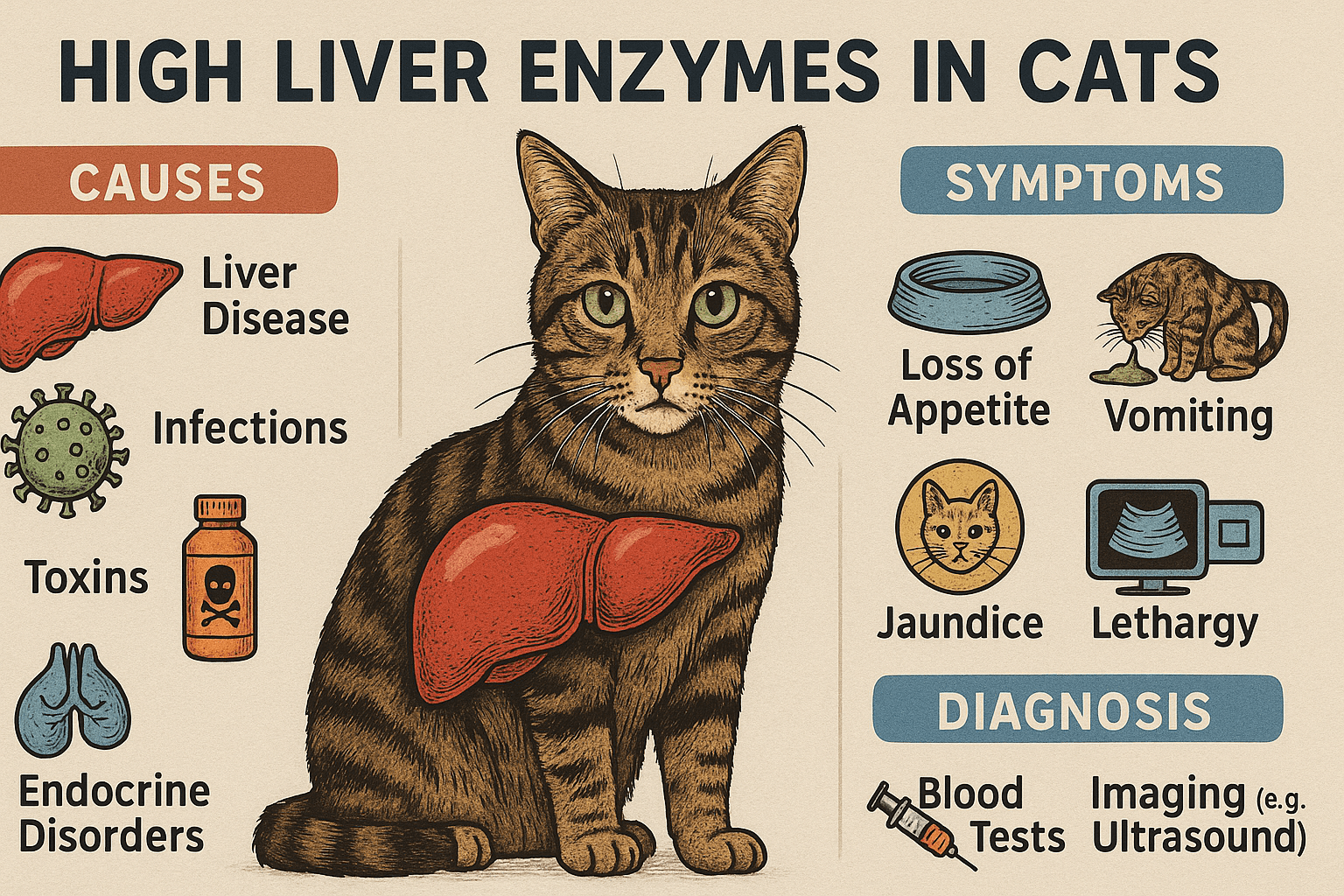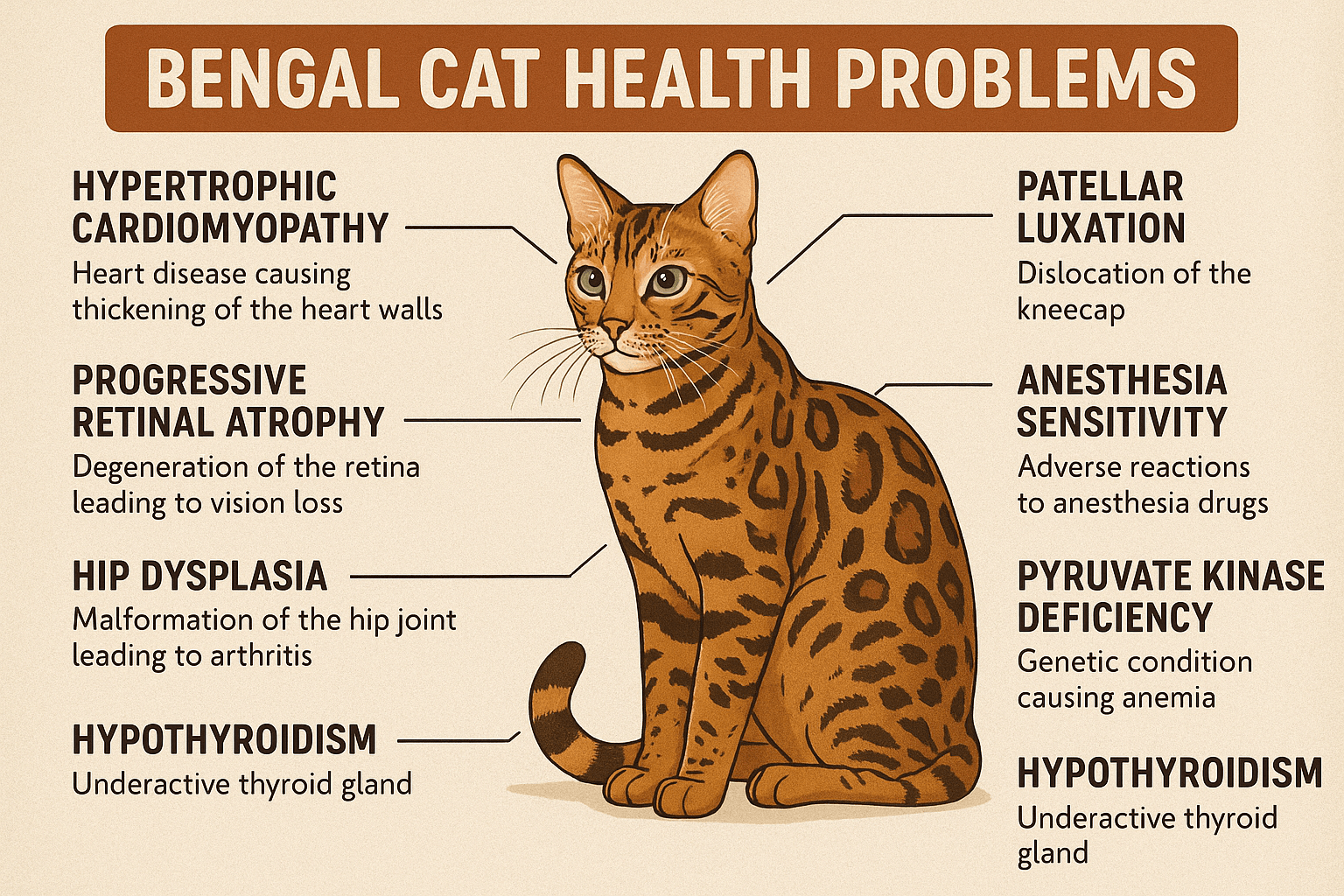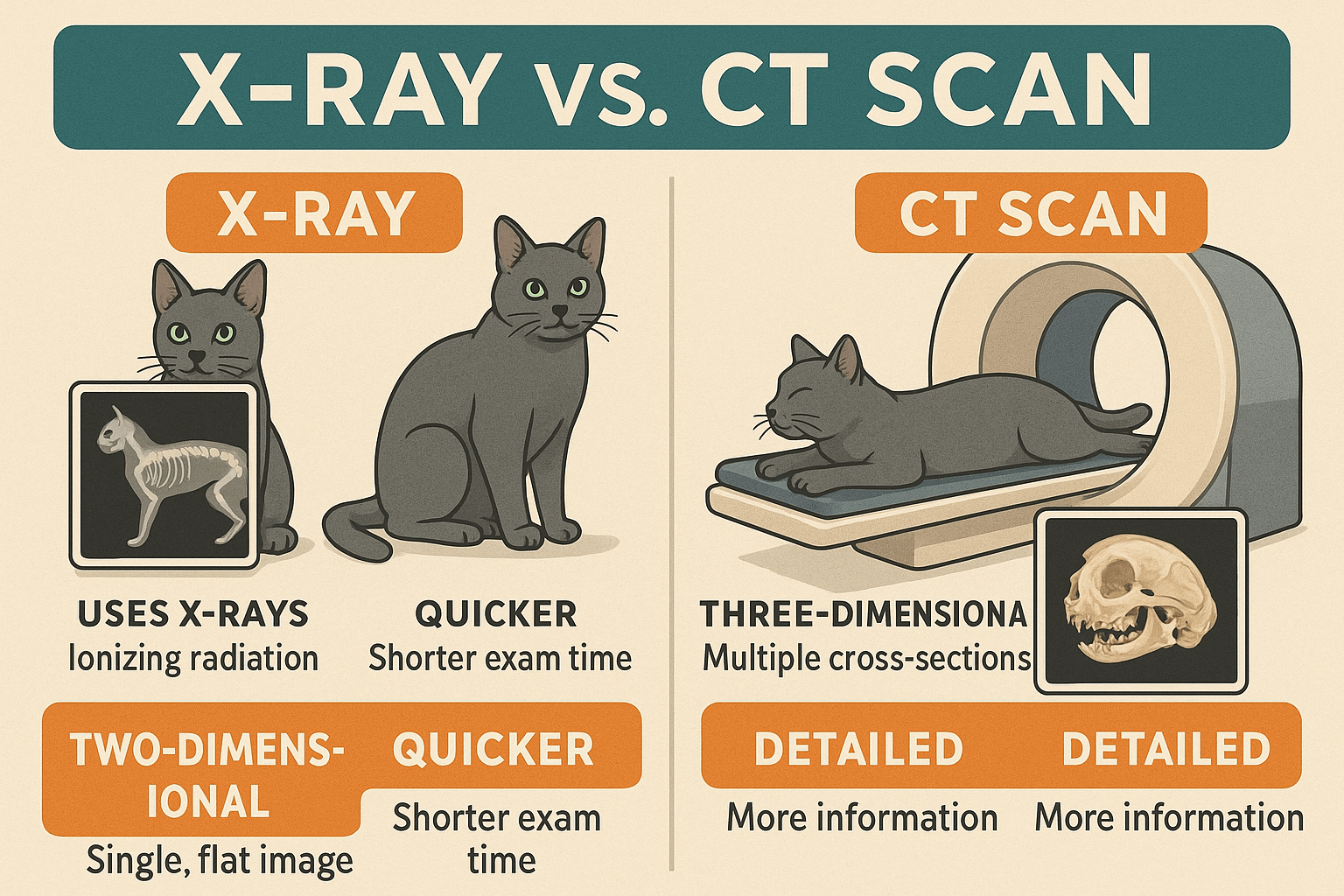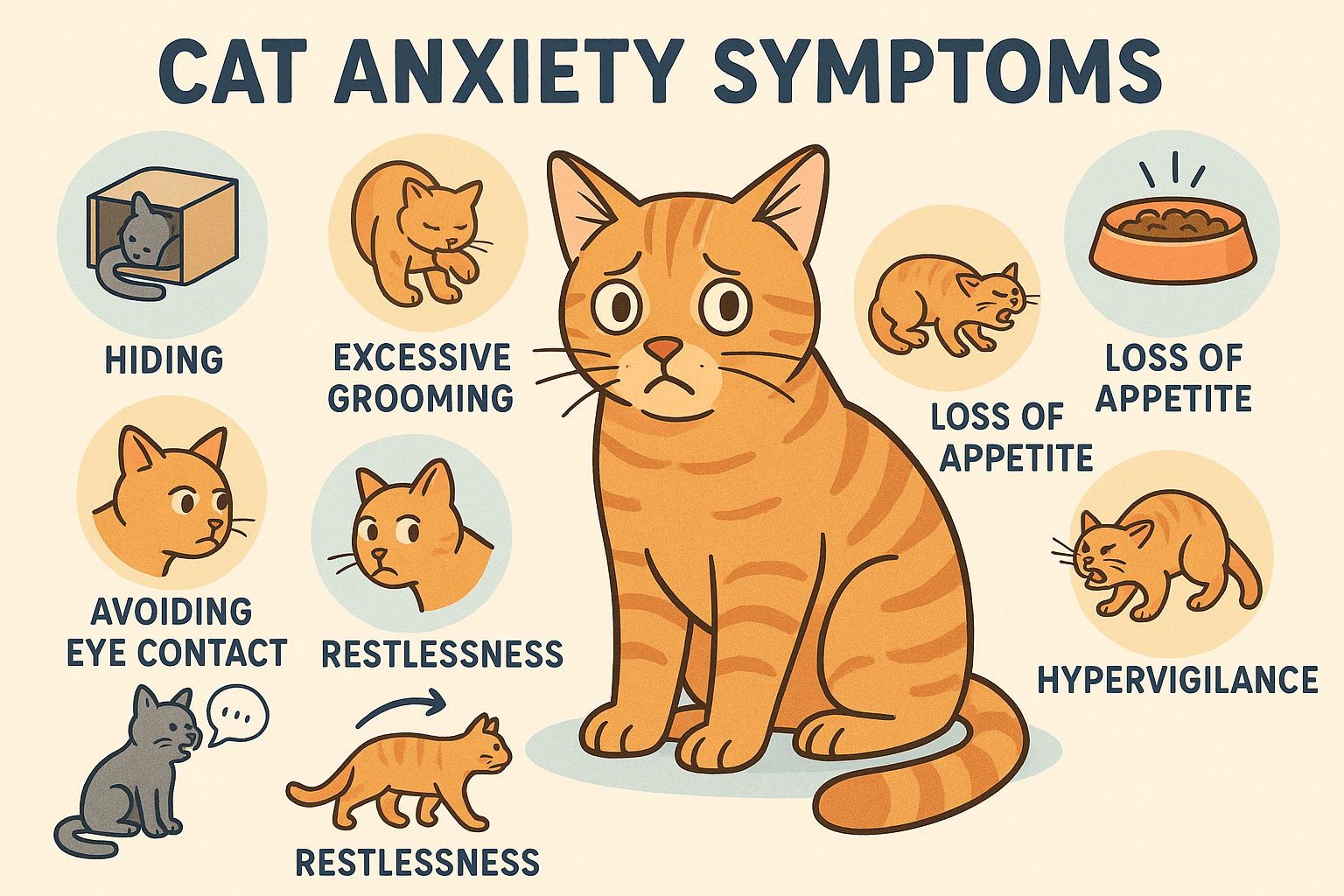Understanding Swimmer Syndrome in Cats: Causes, Symptoms, and Care
Swimmer syndrome is a condition that affects kittens, causing them to splay their legs outward instead of walking normally. While it’s more commonly associated with puppies, cats can also experience this developmental issue. If you’ve noticed your kitten struggling to stand or walk properly, swimmer syndrome might be the culprit. But what exactly is swimmer syndrome, and how can you help your furry friend overcome it? In this blog post, we’ll explore the causes, symptoms, treatment options, and preventive measures for swimmer syndrome in cats. By understanding this condition, you can provide the care and support your kitten needs to thrive.
What Is Swimmer Syndrome in Cats?
Swimmer syndrome, also known as flat kitten syndrome, occurs when a kitten’s legs splay outward due to weak muscles or improper development. This condition prevents the kitten from walking normally and often results in a “swimming” motion as they attempt to move. Here are some key facts about swimmer syndrome in cats:
Caused by Muscle Weakness :
The primary cause of swimmer syndrome is underdeveloped or weak muscles, particularly in the hind legs.Often Seen in Newborn Kittens :
This condition typically affects very young kittens, usually within the first few weeks of life.Linked to Genetics or Environment :
Swimmer syndrome can result from genetic predispositions or environmental factors like poor nutrition or inadequate bedding.Characterized by Splayed Legs :
Kittens with swimmer syndrome often lie flat on their bellies with their legs sticking out to the sides.Not Always Permanent :
With early intervention and proper care, many kittens recover fully from swimmer syndrome.
While swimmer syndrome can be alarming for pet owners, it’s important to remember that most cases are treatable with patience and dedication. Early diagnosis and treatment are key to ensuring a positive outcome.
Signs and Symptoms of Swimmer Syndrome in Cats
Recognizing the signs of swimmer syndrome early can make a significant difference in your kitten’s recovery. Keep an eye out for these common symptoms if you suspect your kitten may have this condition:
Inability to Stand or Walk Properly :
Kittens with swimmer syndrome struggle to lift their bodies off the ground and may drag themselves around.Splayed Hind Legs :
The hallmark sign of swimmer syndrome is the outward splaying of the legs, especially the hind legs.Flat Belly Posture :
Affected kittens often lie flat on their stomachs with their legs extended to the sides.Difficulty Moving Forward :
Instead of walking, these kittens may use a paddling motion with their legs to move.Delayed Milestones :
Kittens with swimmer syndrome may lag behind their littermates in reaching developmental milestones like standing or walking.
If you notice any of these symptoms, it’s crucial to act quickly. Early intervention can prevent long-term complications and improve your kitten’s chances of recovery.
Check this guide 👉Can Cats Have Down Syndrome? Best 7 Expert Tips!
Check this guide 👉Short Spine Syndrome in Cats: Best 7 Health Tips!
Check this guide 👉Understanding Horners Syndrome in Cats: Best 7 Health Tips!

Signs of Swimmer Syndrome in Cats | Steps to Take for Recovery |
|---|---|
Splayed hind legs | Provide soft, supportive bedding to encourage proper posture. |
Flat belly posture | Use physical therapy exercises to strengthen leg muscles. |
Paddling motion while moving | Consult a veterinarian for professional guidance and treatment. |
Delayed developmental milestones | Monitor progress regularly and adjust care as needed. |
Difficulty standing or walking | Ensure proper nutrition to support muscle development. |
Treatment Options for Swimmer Syndrome in Cats
Treating swimmer syndrome requires a combination of physical therapy, environmental adjustments, and sometimes veterinary intervention. Here are some effective strategies to help your kitten overcome this condition:
Physical Therapy Exercises :
Gentle exercises like stretching and massaging the legs can help strengthen muscles and improve mobility.Proper Bedding :
Use soft, non-slip surfaces to encourage your kitten to maintain a natural leg position while resting.Hobbles or Bandages :
Temporary hobbles or bandages may be used to gently align the legs and prevent further splaying.Nutritional Support :
Ensure your kitten receives a balanced diet rich in calcium and other nutrients essential for bone and muscle development.Veterinary Guidance :
A vet may recommend specific treatments or interventions based on the severity of the condition.
With consistent care and attention, most kittens with swimmer syndrome can recover fully and lead happy, active lives.
Preventive Measures to Avoid Swimmer Syndrome
While swimmer syndrome isn’t always preventable, there are steps you can take to reduce the risk of this condition in your kittens. Prevention starts with creating a healthy environment and monitoring their development closely.
Provide Adequate Space :
Ensure your kittens have enough room to move and stretch their legs during their early weeks of life.Use Soft, Non-Slip Surfaces :
Avoid slippery floors or bedding that could hinder proper leg positioning.Encourage Movement :
Gently encourage your kittens to crawl or walk short distances to strengthen their muscles.Monitor Nutrition :
Feed nursing mothers and kittens high-quality food to promote healthy growth and development.Watch for Early Warning Signs :
Regularly check your kittens for any signs of abnormal movement or posture and address issues promptly.
By taking these preventive measures, you can minimize the likelihood of swimmer syndrome and support your kittens’ overall health and well-being.
Common Misconceptions About Swimmer Syndrome in Cats
There are several myths and misconceptions surrounding swimmer syndrome that can lead to confusion or misinformation. Understanding the truth behind these myths can help you provide better care for your kitten. Here are some common misconceptions:
Myth: Swimmer Syndrome Is Always Genetic :
While genetics can play a role, environmental factors like improper bedding or lack of movement often contribute significantly.Myth: Kittens with Swimmer Syndrome Can’t Recover Fully :
With proper care and early intervention, most kittens recover completely and lead normal lives.Myth: Swimmer Syndrome Only Affects Certain Breeds :
Any breed or mixed-breed kitten can develop swimmer syndrome, regardless of their genetic background.Myth: Surgery Is Always Required :
In most cases, physical therapy and environmental adjustments are enough to correct the condition without surgery.Myth: Swimmer Syndrome Is Caused by Neglect :
While neglect can exacerbate the condition, it’s often a result of developmental issues rather than intentional mistreatment.
By debunking these myths, you can approach swimmer syndrome with a clearer understanding and focus on practical solutions to help your kitten thrive.
How to Create a Supportive Environment for Kittens with Swimmer Syndrome
Providing a supportive environment is crucial for helping kittens with swimmer syndrome recover. Simple adjustments to their surroundings can make a world of difference in their healing process. Here are some tips to create an ideal setup:
Use Non-Slip Mats :
Place soft, non-slip mats in areas where your kitten spends time to encourage proper leg positioning.Limit Open Spaces :
Confine your kitten to smaller, manageable spaces to prevent overexertion and reduce the risk of injury.Provide Elevated Surfaces :
Offer low platforms or cushions to encourage your kitten to lift themselves up and strengthen their muscles.Keep the Area Clean :
Maintain a clean and hygienic environment to prevent infections, especially if your kitten drags themselves across surfaces.Encourage Gentle Play :
Use toys or interactive play to motivate your kitten to move without straining their legs.
By tailoring your kitten’s environment to their needs, you can support their recovery and help them regain mobility more effectively.
Emotional and Mental Support for Kittens with Swimmer Syndrome
While physical care is essential, emotional and mental support plays an equally important role in a kitten’s recovery from swimmer syndrome. Kittens with this condition may feel frustrated or anxious, so providing comfort and encouragement is key. Here’s how you can nurture their emotional well-being:
Spend Quality Time Together :
Regular cuddles and gentle interactions can help your kitten feel safe and loved during their recovery.Avoid Overstimulation :
Keep noise and activity levels low to create a calm atmosphere that reduces stress.Celebrate Small Wins :
Reward your kitten with treats or praise when they make progress, such as attempting to stand or walk.Monitor for Signs of Frustration :
Watch for behaviors like excessive crying or withdrawal, which may indicate emotional distress.Be Patient and Consistent :
Recovery takes time, and your patience will reassure your kitten that they are not alone in their journey.
By addressing your kitten’s emotional needs alongside their physical rehabilitation, you can foster a sense of security and confidence that aids in their overall recovery.
Frequently Asked Questions About Swimmer Syndrome in Cats
Is swimmer syndrome painful for kittens?
Swimmer syndrome itself isn’t typically painful, but it can lead to discomfort or secondary issues if left untreated.
Can adult cats develop swimmer syndrome?
Swimmer syndrome primarily affects young kittens and is rare in adult cats, though similar conditions can occur due to injury or illness.
How long does it take for a kitten to recover from swimmer syndrome?
Recovery time varies depending on the severity of the condition but often takes several weeks to months with proper care.
Can swimmer syndrome be cured at home?
Mild cases can often be managed at home with physical therapy and environmental adjustments, but severe cases may require veterinary intervention.
Does swimmer syndrome affect a cat’s lifespan?
With early treatment and proper care, most kittens recover fully and live normal, healthy lives.
Final Thoughts: Supporting Your Kitten Through Swimmer Syndrome
Swimmer syndrome in cats may seem daunting at first, but with early detection and consistent care, most kittens can overcome this condition and grow into happy, healthy adults. By understanding the causes, recognizing the symptoms, and implementing effective treatment strategies, you can play a vital role in your kitten’s recovery journey. Remember, patience and dedication are key—your love and effort will make all the difference in helping your furry friend thrive. Whether through physical therapy, nutritional support, or veterinary guidance, every step you take brings your kitten closer to a bright and active future.
High Liver Enzymes in Cats: Best 7 Expert Tips! Discover causes, symptoms, and treatment options for elevated liver enzymes in cats. Learn how to support your cat’s liver health effectively.
Bengal Cat Health Problems: Best 7 Expert Tips! Discover expert advice on common Bengal cat health issues, preventive care, and tips to keep your feline friend healthy and happy for years to come.
X-Ray vs CT Scan for Cats: Best 7 Expert Tips! Discover key differences, benefits, and expert advice on choosing the right imaging method for your cat’s health needs.
Cat Anxiety Symptoms: Best 7 Expert Tips! Discover signs of feline stress, effective calming strategies, and expert advice to help your cat feel safe, happy, and relaxed at home.

